Designing
autonomous bushings to accommodate the battery pack in electric vehicles while maintaining optimal suspension performance presents several challenges. Here are some of the key challenges:
Limited Space Constraints:
Battery packs in electric vehicles occupy significant space within the chassis, often leaving limited room for suspension components, including bushings. Designing bushings that fit within the available space while providing adequate performance is challenging.
Weight Distribution and Balance:
The placement of the battery pack, typically located in the floor of the vehicle, alters the weight distribution and balance compared to traditional internal combustion engine vehicles. Designing bushings that account for the shifted weight distribution and maintain optimal handling and stability is crucial.
Structural Integrity and Rigidity:
Electric vehicles require a strong and rigid chassis to support the weight of the battery pack and ensure structural integrity. Bushings must be designed to integrate seamlessly into the chassis structure without compromising its rigidity while accommodating the battery pack's weight.
Dynamic Load Management:
Electric vehicles experience dynamic loads during acceleration, deceleration, and cornering, which can vary based on factors like battery size, vehicle weight, and driving conditions. Designing bushings capable of managing these dynamic loads effectively while accommodating the presence of the battery pack is essential for maintaining ride comfort and handling performance.
Thermal Management:
Battery packs generate heat during operation, which can affect nearby components, including bushings. Designing bushings with appropriate thermal management properties to withstand the heat generated by the battery pack while maintaining performance is challenging.
Vibration and Noise Isolation:
Electric vehicles tend to produce less noise from the absence of an internal combustion engine but may still generate vibrations from other sources, such as the electric motor and road surface. Designing bushings that effectively isolate vibrations and minimize noise transmission while accommodating the battery pack is critical for ensuring a comfortable ride experience.
Durability and Longevity:
Battery packs in electric vehicles are heavy and can exert significant forces on suspension components, including bushings, leading to accelerated wear and potential durability issues. Designing bushings with robust materials and construction to withstand the prolonged stresses imposed by the battery pack while maintaining longevity is a challenge.
Integration with Advanced Systems:
Electric vehicles often incorporate advanced driver assistance systems (ADAS) and autonomous driving technologies, which require precise vehicle dynamics and control. Designing bushings that integrate seamlessly with these systems while accommodating the presence of the battery pack adds complexity to the design process.
Manufacturing Challenges:
Designing and manufacturing bushings that meet the unique requirements of electric vehicles, including accommodating the battery pack, may require specialized processes and materials. Overcoming manufacturing challenges to produce reliable and high-performance bushings for electric vehicle applications is a significant consideration.
Addressing these challenges requires a multidisciplinary approach involving automotive engineers, materials scientists, and manufacturing experts to develop innovative solutions that balance the integration of the battery pack with maintaining optimal suspension performance in electric vehicles.




 English
English Español
Español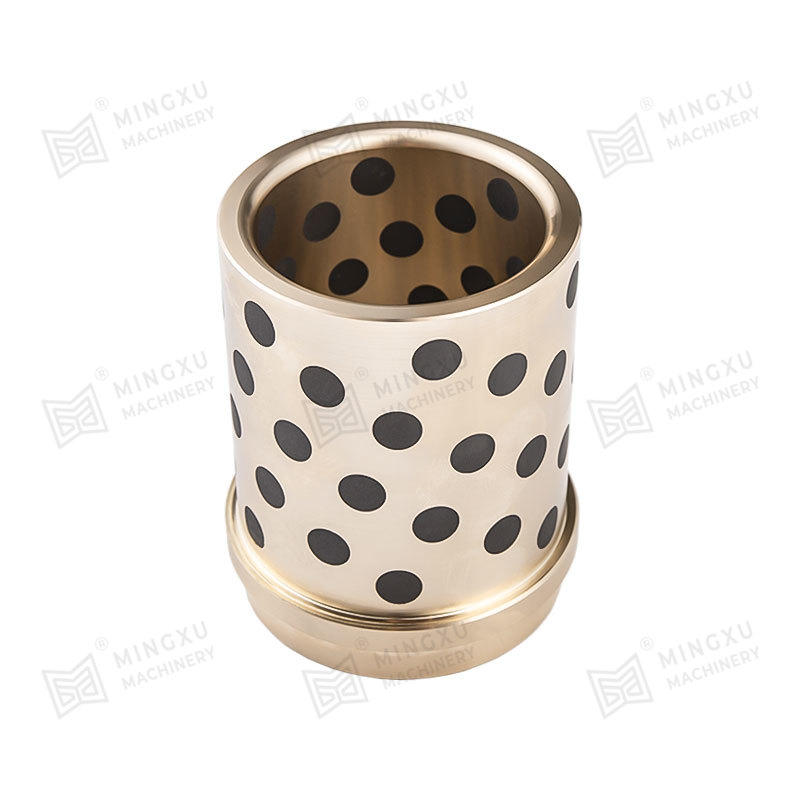




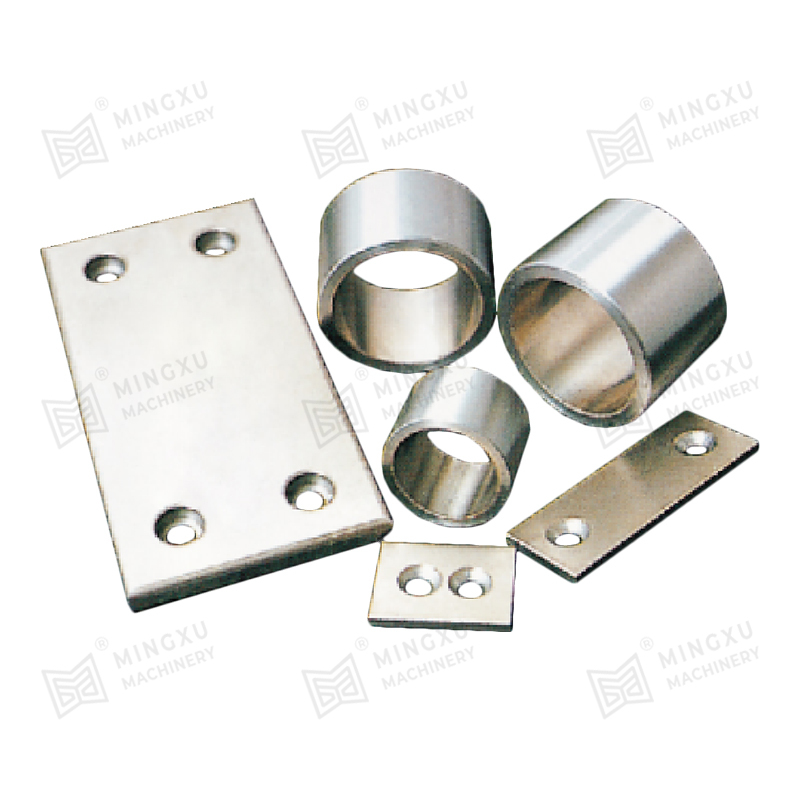
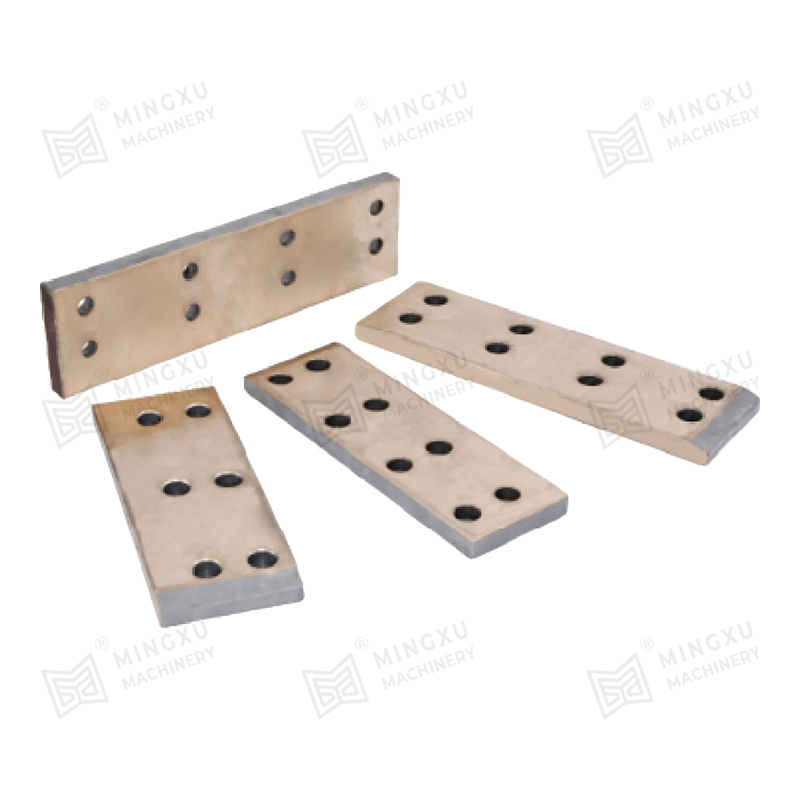
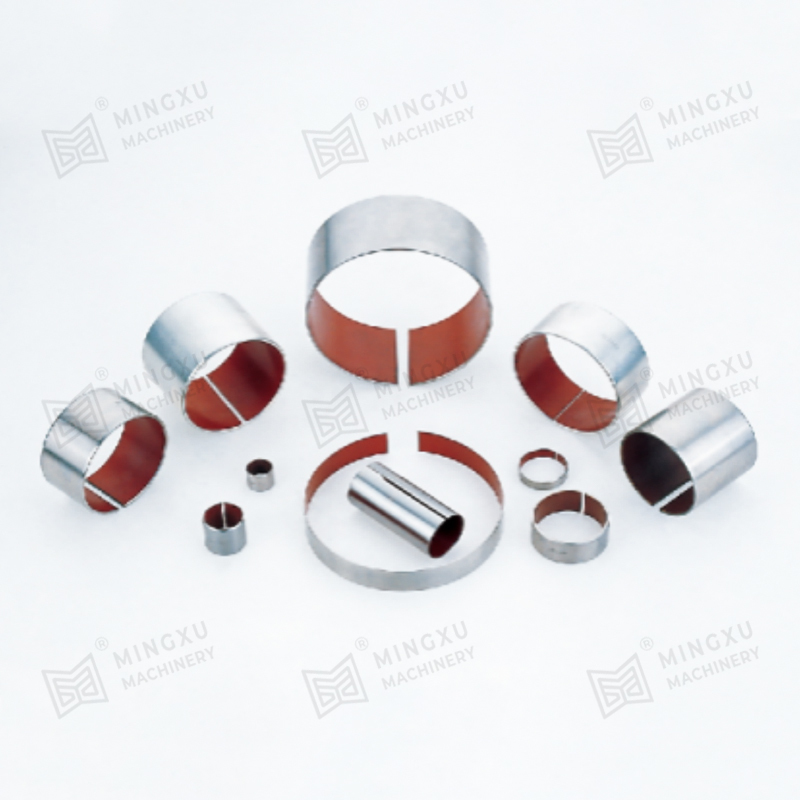
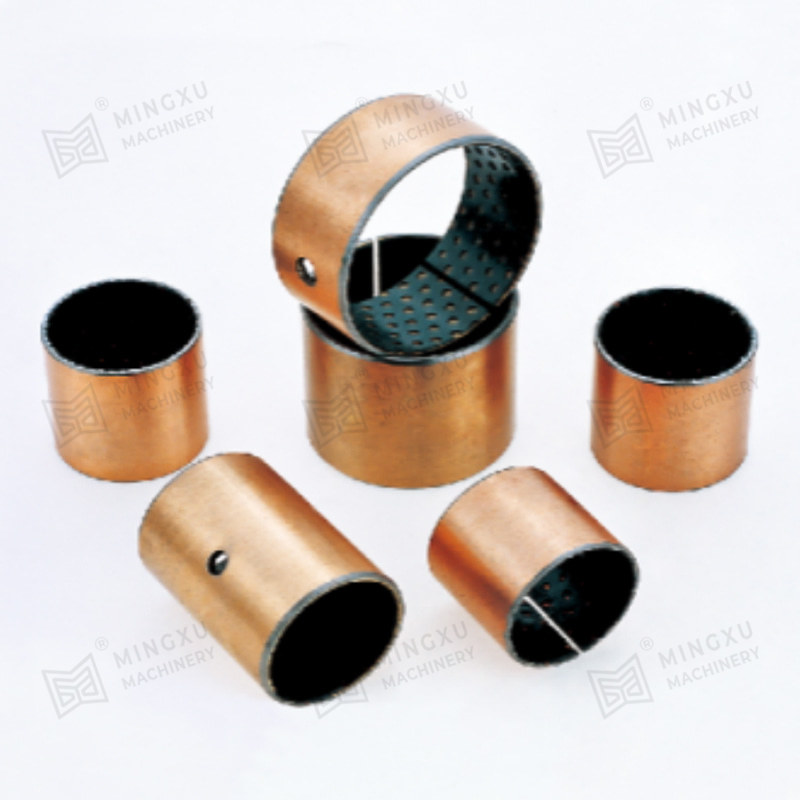
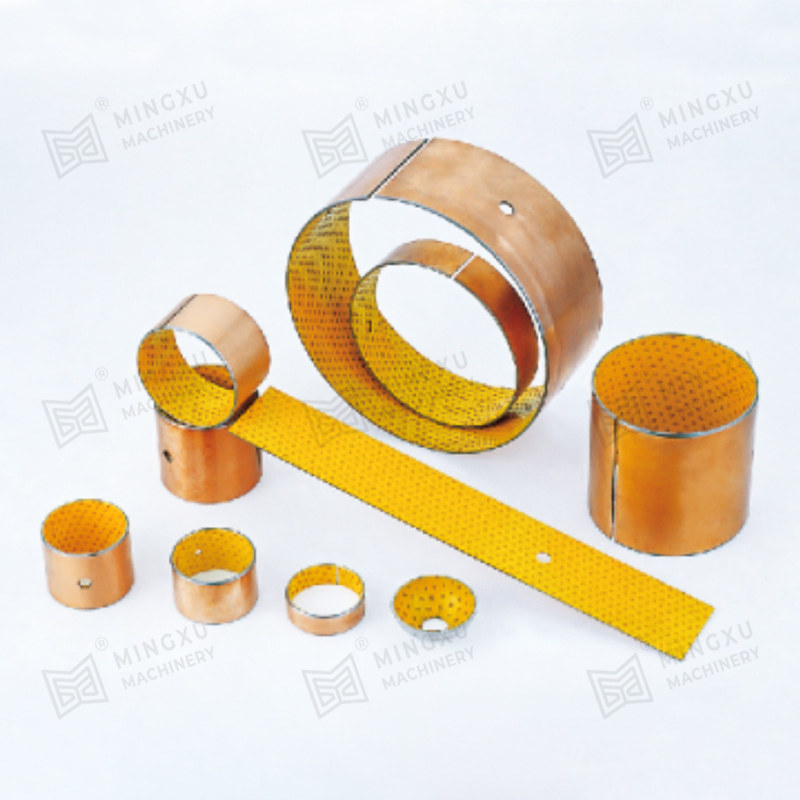







Contact Us